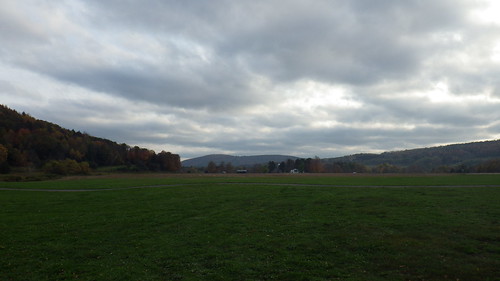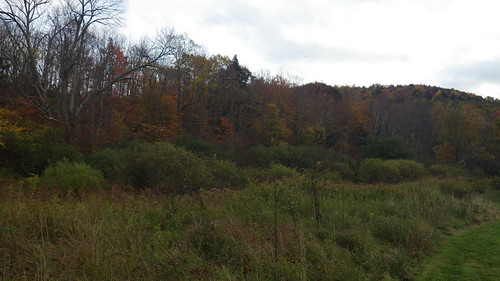I realized earlier this week, as often happens around this time of year, that the SAA Annual Meeting is less than two weeks away. I should really be writing the rest of my talk right now, but rather than do that, I'm going to procrastinate by writing about the talk here, instead. The conference is in San Francisco this year, which is a bit mundane compared to the past two I've attended — Honolulu and Austin — but, combined with the fact that last year's ASOR meeting was in San Diego, does make my conference travel this academic year relatively easy. I already have more entirely archaeological activities lined up than I'd probably be able to do even if I weren't attending a conference, so it should be a successful SAA trip, even if it isn't Hawaii.
I gave my paper this year a deliberately vague title, in order to try to avoid being put into an "Archaeology of Jordan"-type session. I was moderately successful there, but at a rather large price. I'm instead in the "Studies of Technology, Ecology, and Craft Production in South, Central, and Western Asia" session, which is still a catch-all session, but at least with something of an interesting theme compared to "Archaeology of Jordan." I'd say that I hope the crowd will be bigger, too, but I don't expect to be speaking to anyone but the other people in the session for this one. I have the good fortune of giving the 8 AM presentation on Sunday morning, which I suspect is the least-attended time slot of the entire conference. Ah, well, you can't win them all. Plus, my good friend and colleague Aaron Gidding is presenting in the same session, so it's not all bad.
The talk itself is a review of what we currently know about the hand-made ceramic traditions of the Middle and Late Islamic periods, focusing primarily on a long-lived group called the Hand-Made Geometrically-Painted Wares, or HMGPW for short. Rather than looking exclusively at material from Jordan, I've tried to put together a somewhat impressionistic picture of the distribution of this ware (and related wares), which is surprisingly broad. You'll, of course, have to show up at 8 AM to hear more. Following tradition, here's the abstract for the talk.
Questioning Technological and Economic “Decline” in the Medieval Rural Levant
Ian W. N. Jones
This paper argues against a common view of medieval Levantine villages as isolated from larger regional centers by examining a group of hand-made ceramics — commonly called Hand-Made Geometrically Painted Wares (HMGPW), and formerly “pseudo-prehistoric” wares — prevalent across the Levant from the 12th-17th centuries AD, and possibly longer. They are generally seen as the products of non-specialist village potters and, as the older name suggests, an example of technological decline. That view, though, is based primarily on ethnographic evidence from the late 19th and 20th century Levant, and hinges on a number of assumed, and generally unquestioned, dichotomies: urban/rural, specialist/non-specialist, wheel-made/hand-made. As HMGPW is the most visible indicator of settlement during these periods in the southern Levant, these assumptions have influenced the ways archaeologists conceive of rural Levantine economies, leading to a view of villages as disconnected from larger centers where higher-quality, wheel-made pots were produced. This view, however, is at odds with historical evidence for substantial state investment in rural agriculture. In this paper, I present a broader approach to HMGPW — integrating archaeological and ethnoarchaeological insights from beyond the Levant — that helps us better understand what the widespread adoption and longevity of this “retrogressive” technology says about rural economies.


